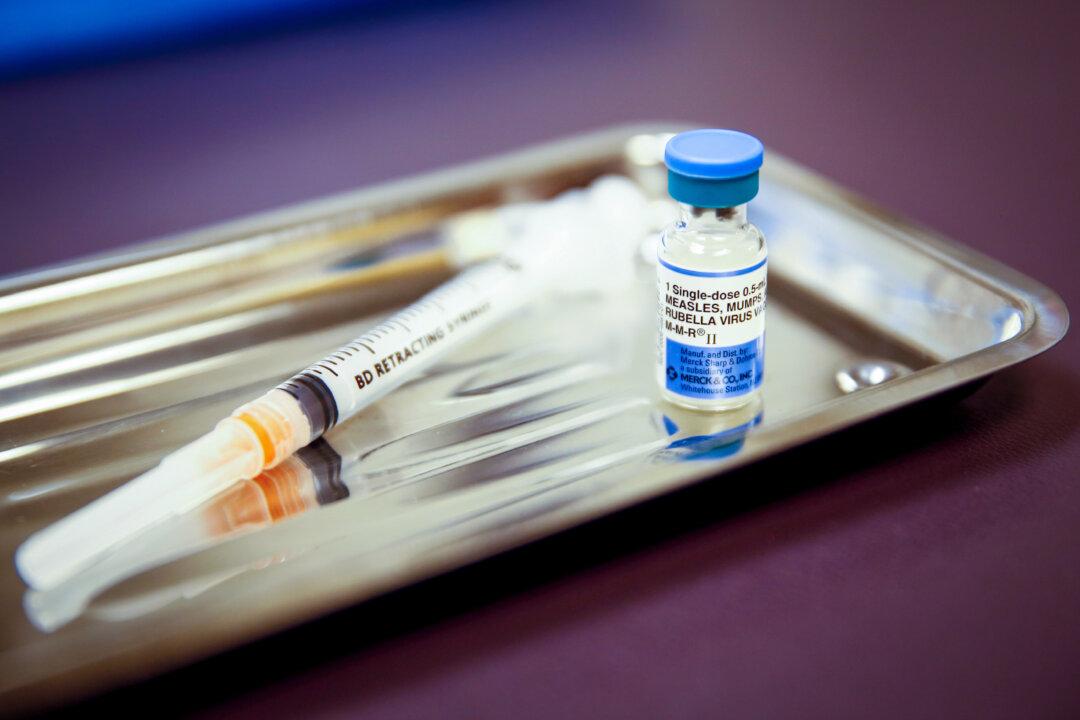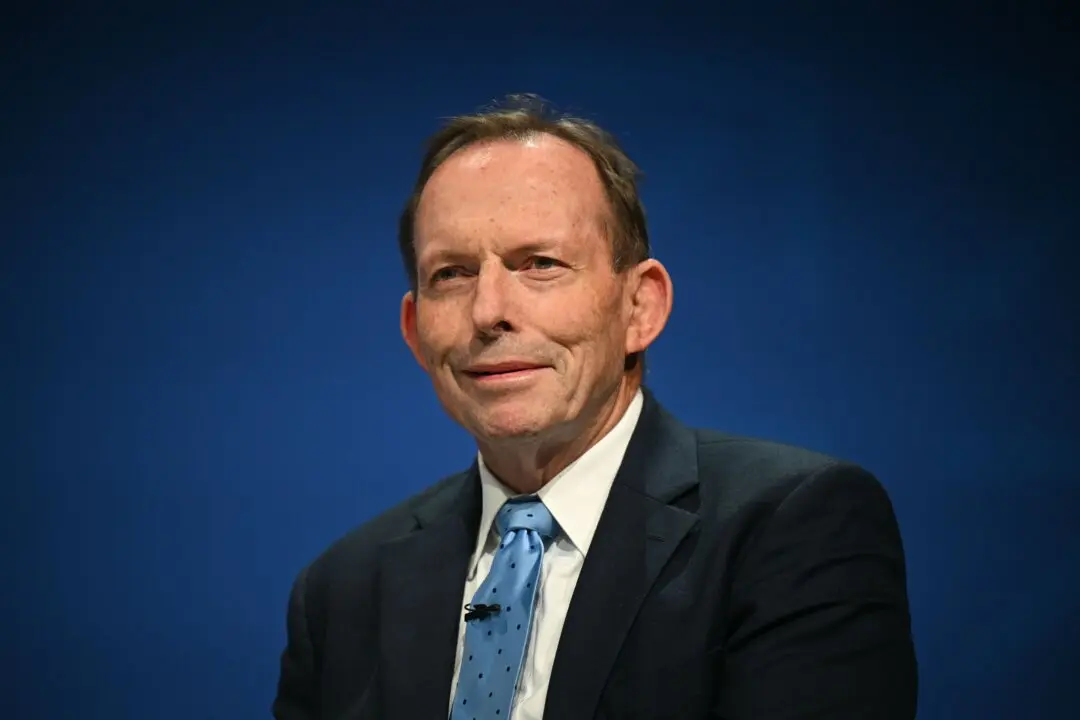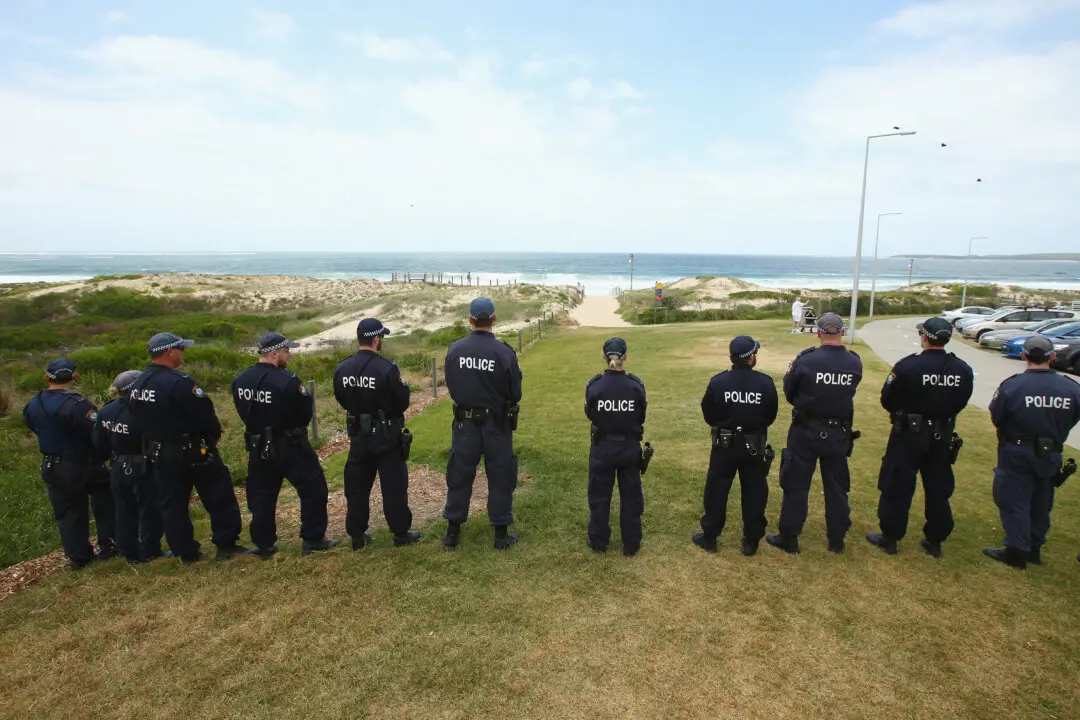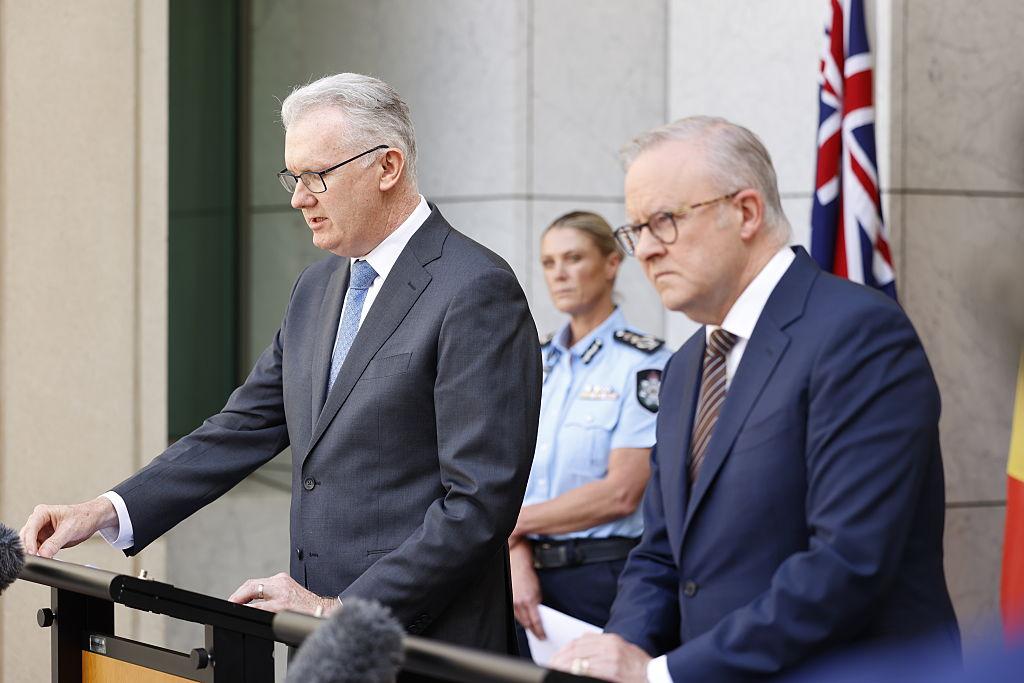An apparent reluctance among Māori people to have their children immunised against common infectious diseases has seen the government commit $50 million (US$31 million) to a campaign to increase immunisation rates.
Currently, only 66.8 percent of Māori children are immunised at eight months. That rises slightly to 70.1 percent at two years of age, but falls back to 69.7 percent for five-year-olds.





